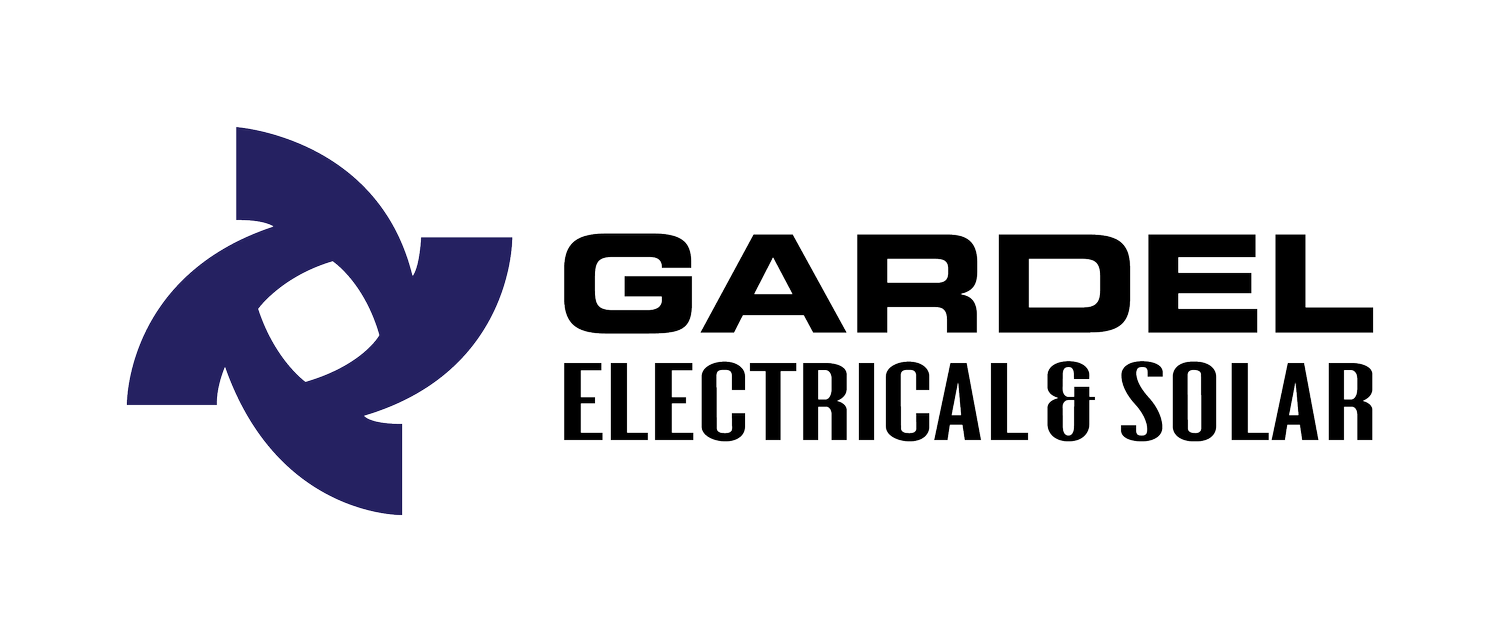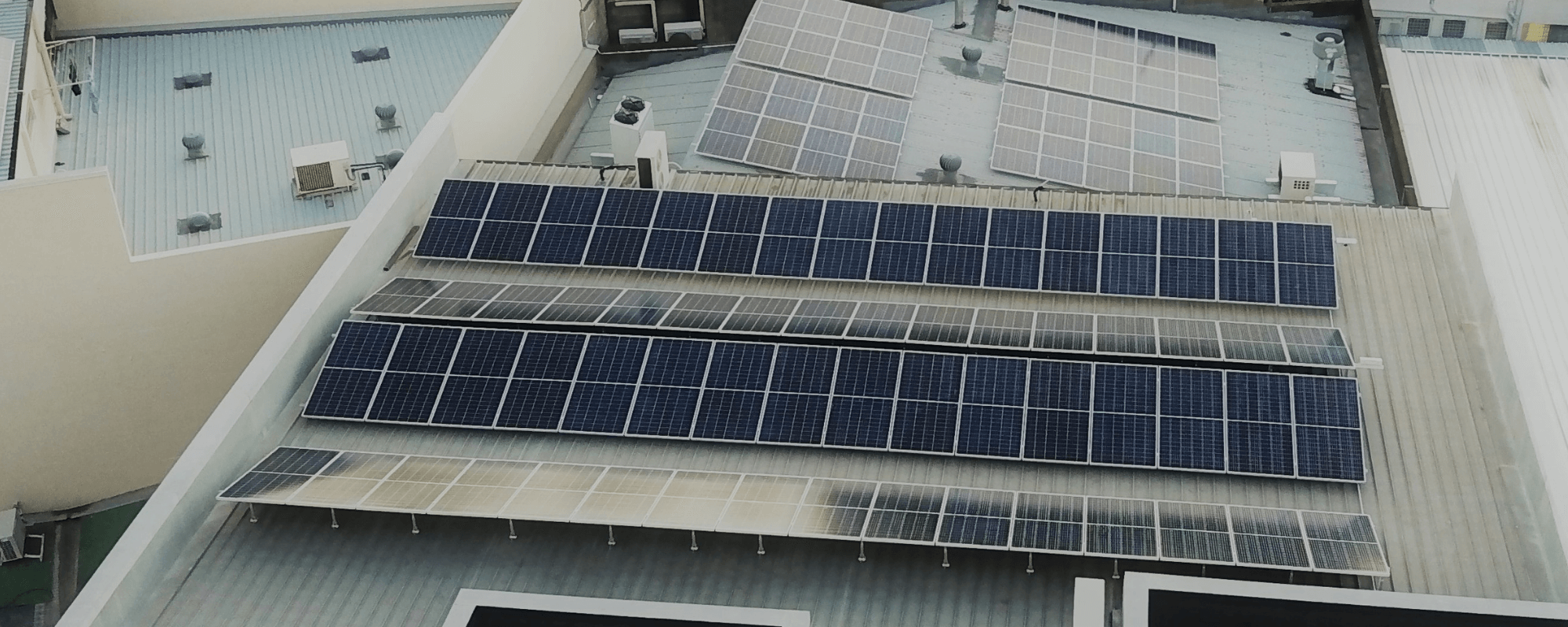How tilt angle & azimuth affect your solar energy production
Did you know that the tilt angle and azimuth of your solar panels can have a big impact on energy output and your electricity bills? Understanding how this works can help to maximise your energy production.
There are two elements to the orientation of a panel that have the most impact on this:
Azimuth
Tilt angle
As a homeowner, you may not have much control over the orientation of the panels on your property. However, this blog will help you get a basic understanding of how it all works. That way you’ll be able to spot a bad solar design or layout, that could cost you in the long run.
What is Azimuth and what effect does it have on Solar Panels?
Azimuth is the angle that the solar panels are facing and is measured in a clockwise direction from north. Australia is in the southern hemisphere so for us, the sun is in the northern sky. It rises in the east, sets in the west and is higher in the sky in summer and lower in winter.
Setting a panel North towards the sun’s rays will generate the greatest amount of electricity. However, it’s not always practical to face a panel exactly north. This could be because your roof doesn’t have enough space in a north-facing position to fit the panels.
Because the sun moves in the sky throughout the day, it’s important to position each panel so it produces the most electricity when you need it. If you are not at home in the middle of the day it would be advantageous to produce less overall electricity by facing the panels west or east. This can allow you to spread the generation between the morning and the afternoon, to match when you use electricity.
Increasing the amount of solar energy that you consume yourself, is the key to getting the best savings from your solar system. So we always recommend working with your solar installer to design a layout that suits your needs.
For example, if you work in the mornings every day but are home all afternoon, you will want to install more panels on the western side of your roof. Alternatively, if you’re home quite consistently throughout the day, you could chat to your solar installer to work out a design where some panels face north and the rest face east.
What is Tilt Angle and how does it impact Solar panel performance?
The tilt angle of the system is the angle it sits on the roof or racking it’s attached too. PV modules should ideally be tilted at an angle that’s equal to the site’s latitude. However, the panels will often be attached to a roof and will follow that angle instead. This may not always be ideal, but it will be the most practical and affordable and in most cases will still produce good results. If a roof is flat, a tilt frame might also be used to get the angle closer to the latitude. Having some tilt to the panels also means that they’ll be cleaned when it rains.
Adding a tilt frame will increase the cost of the system though, so it’s often not used unless absolutely necessary. For an off-grid solar PV system - where it’s important to get as much energy as possible throughout the day - it will often be necessary to use a tilt frame to perfectly angle the solar panels to match the site’s latitude.
According to the guidelines on the Clean Energy Council’s website, azimuth doesn’t have a big impact on energy production in summer, but it does have a big impact in winter. Mostly it comes down to practicality to decide where the panels can be mounted on a roof, but some modifications can be made to suit your needs.
Good luck with your solar plans! If you have any questions or would like a quote for your property that you can trust, get in contact with our team.
Brisbane's Best Commercial & Residential Solar
Gardel Electrical & Solar offers top-quality solar solutions with proven performance, backed by industry-leading warranties and dedicated after-sales support. After more than 11 years of operation in Queensland, Gardel Electrical & Solar is one of the most established and experienced solar companies.
Our expert team of electrical engineers, project managers, designers, and CEC-accredited electricians have extensive experience in designing and installing residential and commercial solar panels, ensuring maximum efficiency and long-term performance. With our cutting-edge technology and reliable service, you can enjoy significant energy savings while contributing to a greener future. Gardel Electrical & Solar offer an industry-leading 10-year workmanship warranty and the manufacturer’s 25-year guarantee, offering both value and peace of mind.
Take the first step towards sustainable living and request a free quote today.



